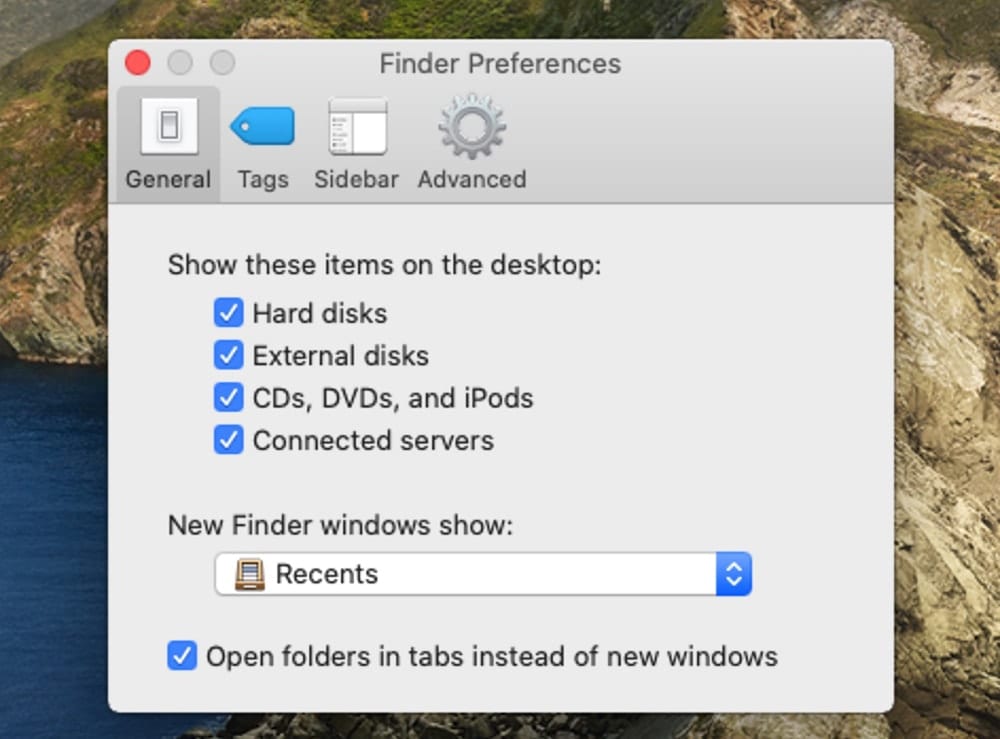
Thumbnails is a small versions of images or videos, let viewers see a snapshot of your image or video as they're viewing or browsing. If your Picture library shows default icons for images rather then a thumbnail preview of the files, that will make it hard to find the image you are looking for. If you want to show thumbnails instead of icon, read on. This article describes 3 ways to enable thumbnails previews for images and videos files.
How to Show Thumbnail Preview in Folder Options
Step 1: Open Folder Options in Windows 10.
Add or change a video thumbnail. Sign in to YouTube Studio. From the left menu, select Videos. Select a video by clicking on its title or thumbnail. Choose an auto-generated thumbnail and select Save. Create a custom video thumbnail. To upload custom thumbnails, you must have a verified account.
While in File Explorer, click View tab, then double-click on Options in the ribbon.
Step 2: Click View tab, uncheck Always show icons, never Thumbnails box. Then, click Apply.
How to Show Thumbnails in Visual Effects Settings
Step 1: Open System Properties in Windows 10.
Press Win+R, type in sysdm.cpl, then hit Enter key on keyboard.
If you don’t have one you’ll need to create an Apple account.To create an Apple account on a web browser, follow the steps below:1. How do i get apps on my mac computer remotely. You’ll need to login into your Apple account to access App Store. Head to, fill in all the particulars given in the form to create your AppleID.
Step 2: In System Properties window, select Advanced tab, under Performance, click Settings.
Step 3: On Visual Effects tab, check Show thumbnails instead of icons option.
How to Turn on Thumbnails Previews in Group Policy Editor
Step 1: Open Group Policy Editor.
Press Windows key to focus on Search bar, type in gpedit, then hit Enter key.
Step 2: In the left side of Group policy editor, click to expand User Configuration > Administrative Templates > Windows Components, then open File Explorer.
In the right pane, double-click on Turn off the display of thumbnails and only display icons to edit it.
Step 3: To display thumbnails preview, select Disable option.
Related Articles
- Fix: Picture Thumbnails Not Showing in Windows 10
- 3 Ways to Clear Thumbnail Cache in Windows 10
- How to Change Folder View Settings in File Explorer
- How to Show or Hide File Name Extension in Windows 10
- 3 Methods to Show Hidden Files and Folders in Windows 10
Tip
Hey
Every so often you will come across a video that has a pretty rubbish thumbnail. Most of the time a video thumbnail in Quicklook will show the first frame. But you can easily change the thumbnail with only the couple of steps. For this example (which isn’t the best) I am going to use Experiment Of The Week, which is a great video if you want to subscribe.
The first step is to locate your file. If you set Quicklook in Finder you will see you video displayed with the thumbnail.
If you open up the video in QuickTime and select the frame you want. You can pick any frame you want. Then press Edit > Copy or Command + C. This will copy the frame to you clipboard.
The next step is to Get Info on you video file. Right click on the file and select Get Info. Then select the small thumbnail in the top left corner and press Copy and Paste.
This will paste the frame into the thumbnail of the video. It will then be used for every thumbnail shown. The quality of the thumbnail will depend on the image you chose. You can also images from other sources.
If you ever want to change it back. Press Get Info again select the thumbnail and press delete. It will then revert back to original thumbnail and you are done.
Despite the.app extension, Install macOS Sierra.app is essentially just a disk image waiting to be installedno system modifications were made by merely downloading it, so deleting it is all that’s needed for removal. That said, as Avery Chan mentioned, you still need sufficient privileges in order to remove it. The uninstall process may differ by app, but in most cases it is hassle-free. Most Common Issues When Removing Installer Files. The drag and drop removal method, however, may leave some junk data behind since it doesn't remove the supporting files, which, if you frequently install and uninstall apps, may end up eating into your Mac's storage. To manually remove AppCleaner from your Mac, follow the next steps: Quit AppCleaner. Open the Applications folder. Select the AppCleaner.app file, right-click and choose Move to Trash. Open Finder to get access to the user's Library folder. Macos app download. I was pondering how to remove apps like these—including you, DVD Player—when I reinstalled macOS the other day. It’s easy to do if you don’t mind a little bit of a scare factor.